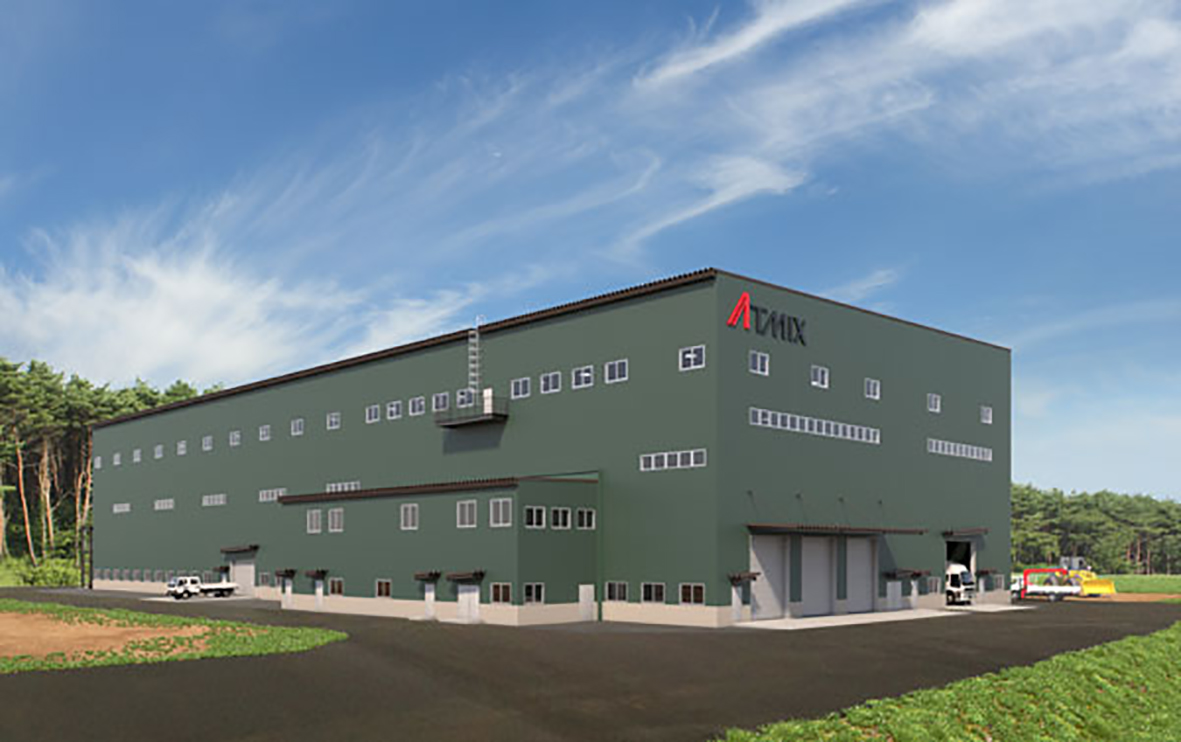Epson has taken another step on its path to sustainability with plans to build a sustainable metal refinery.
The facility will recycle waste metal to produce the raw material for metal powder. In its Environmental Vision 2050 outline, Epson seeks to become carbon negative and underground resource free by 2050. Its aims include achieving sustainability and enriching communities.
Epson has outlined its environmental strategy in its Epson 25 Renewed corporate vision. The company will develop environmental technologies for recycling materials such as metal and paper and to use the resulting technologies and solutions to create new businesses.
The company says sourcing virgin materials will likely become more challenging due to underground resource scarcity and soaring metal prices. The new factory is aimed at mitigating risk by manufacturing metal powders from recycled metal resources.
Reducing CO2 emissions
Epson will outfit the new factory with a high-frequency induction furnace for melting metals, an AOD refining furnace for removing impurities from metals, and a casting machine for forming ingots.
The new factory will recycle unwanted metals from various sources, including out-of-specification metal powders in manufacturing processes at Atmix, metal scraps generated within Atmix, and metal end cuts and used moulds discarded by the Epson Group. The company will reuse unwanted metals as raw materials for Atmix’s metal powders. It will replace virgin materials, such as high purity iron from blast furnace, with recycled metal materials, conserving underground resources and reducing CO₂ emissions.
The introduction of a new refining process will better enable Epson Atmix to develop next-generation high-performance powders, improve their magnetic properties, and enhance its amorphous forming capability. As a result, it will contribute to a new generation of compact and energy-efficient devices.
The new factory is a step on the path to reaching Epson’s goal of becoming underground resource free by 2050.


